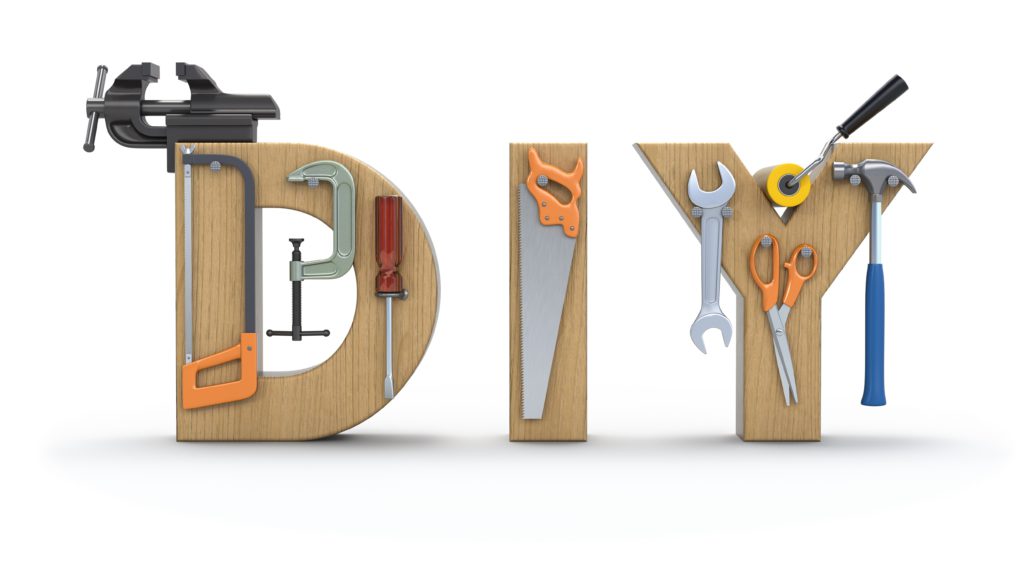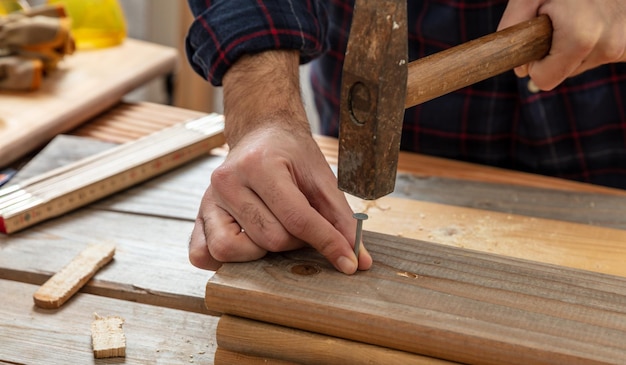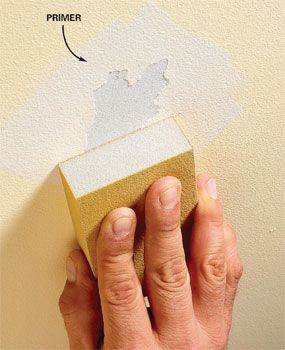
In this practical and informative guide, we will explore the art of designing a DIY home office that not only maximizes productivity but also promotes a sense of freedom and creativity.
By optimizing your workspace, you can create an environment that meets your unique needs and allows you to work efficiently and comfortably.
From choosing the ideal location to selecting the right furniture and supplies, this article will provide you with valuable insights and practical tips to transform your home office into a haven of productivity and inspiration.
Identify Office Needs
- Identify the essential needs of your home office to create a functional and efficient workspace.
When designing your DIY home office, it is crucial to consider the ergonomic furniture and storage solutions that will meet your needs. Ergonomic furniture, such as an adjustable desk and chair, promotes good posture and reduces the risk of discomfort or injury.
Additionally, ample storage solutions are essential for maintaining an organized workspace. Consider investing in filing cabinets, shelves, or storage bins to keep your documents and supplies easily accessible.
Choose the Office Location
The choice of office location is a crucial decision when designing a DIY home office. The location you choose can greatly impact your productivity and overall work experience. Here are some key considerations to keep in mind when choosing your office location:
- Separate space: Having a separate office space allows you to create a clear distinction between work and personal life. This helps in maintaining focus and increasing productivity.
- Natural light: A well-lit office space with natural light has been proven to boost mood, energy levels, and overall well-being. Consider positioning your office in a room with ample natural light.
- Quiet environment: Look for a location in your home that provides a quiet and peaceful environment, away from distractions and noise. This will help you concentrate on your work without interruptions.
- Ergonomic setup: Choose a location that allows you to set up your office furniture and equipment in an ergonomic manner. This will ensure proper posture, reduce strain on your body, and improve your overall comfort and productivity.
Measure the Space
To ensure an efficient design, measure the available space for your DIY home office. By accurately measuring the space, you can maximize productivity and create an environment tailored to your needs.

Begin by determining the dimensions of the room or area you plan to convert into your office. Measure the length, width, and height of the space, taking into account any architectural features or obstacles. Consider ergonomics when measuring, ensuring that you have enough room for a comfortable desk and chair, as well as any additional furniture or equipment you may need.
Take note of windows and natural lighting, as well as electrical outlets and internet access points. By measuring the space carefully, you can create a functional and productive home office that meets your specific requirements.
Plan the Layout
Once you have measured the space, the next step in designing your DIY home office is to carefully plan the layout to optimize productivity and functionality. Determining the ergonomic requirements of your workspace is crucial to ensure comfort and prevent strain. Consider the following factors when planning the layout:
- Furniture placement: Arrange your desk, chair, and other office essentials in a way that promotes easy movement and accessibility.
- Storage solutions: Incorporate shelves, cabinets, or organizers to keep your workspace clutter-free and organized.
- Technology setup: Plan the placement of your computer, printer, and other equipment to maximize efficiency and minimize cable clutter.
- Consider natural lighting: Position your desk near windows to take advantage of natural light, which can boost mood and productivity.
Purchase Furniture and Supplies
When designing your DIY home office, it is essential to regularly assess and purchase suitable furniture and supplies to maintain a functional and well-equipped workspace.
Finding affordable options for furniture is crucial, as it allows you to create a comfortable and stylish environment without breaking the bank. Look for second-hand furniture stores, online marketplaces, or even repurpose items from around your home to save money.
Additionally, organizing office supplies is key to maintaining a productive workspace. Invest in storage solutions such as shelves, drawers, and bins to keep everything in its place and easily accessible. Labeling containers and using dividers can further enhance organization.
Frequently Asked Questions
How Can I Create a Productive and Organized Filing System in My Home Office?
Creating a productive and organized filing system in your home office involves creating a digital filing system by utilizing storage solutions. This ensures easy access to documents and eliminates clutter, promoting a more efficient and streamlined work environment.

What Are Some Tips for Incorporating Natural Lighting Into My Home Office Design?
Maximizing natural light in your home office design can greatly enhance productivity and well-being. Consider positioning your desk near a window, using sheer curtains, and incorporating plants to bring the benefits of nature indoors.
Are There Any Recommended Ergonomic Guidelines for Setting up My Home Office?
Ergonomic guidelines are crucial for setting up a home office. They ensure optimal comfort and productivity. Posture plays a vital role in preventing musculoskeletal issues. Prioritize adjustable furniture, proper chair height, and monitor positioning for a healthy workspace.
How Can I Effectively Manage Cables and Cords to Maintain a Clean and Clutter-Free Workspace?
To effectively manage cables and cords in your home office, consider using cable management solutions such as cable clips, cable sleeves, and cable trays. Additionally, organizing desk accessories like cable organizers and wire baskets can help maintain a clean and clutter-free workspace.
Are There Any Specific Considerations I Should Keep in Mind When Designing a Home Office for Multiple Users?
When designing a home office for multiple users, it is important to create a collaborative workspace that accommodates shared equipment and promotes productivity. Consider factors such as layout, storage, and communication tools to optimize efficiency and facilitate cooperation.
 Family Craft ProjectsHome ImprovementCooking and BakingReuse and RecycleDIY GiftsEco-Friendly ProjectsDIY Home SolutionsSeasonal ActivitiesFun and GamesLearn TogetherPrivacy PolicyTerms And Conditions
Family Craft ProjectsHome ImprovementCooking and BakingReuse and RecycleDIY GiftsEco-Friendly ProjectsDIY Home SolutionsSeasonal ActivitiesFun and GamesLearn TogetherPrivacy PolicyTerms And Conditions

 Family Craft ProjectsHome ImprovementCooking and BakingReuse and RecycleDIY GiftsEco-Friendly ProjectsDIY Home SolutionsSeasonal ActivitiesFun and GamesLearn TogetherPrivacy PolicyTerms And Conditions
Family Craft ProjectsHome ImprovementCooking and BakingReuse and RecycleDIY GiftsEco-Friendly ProjectsDIY Home SolutionsSeasonal ActivitiesFun and GamesLearn TogetherPrivacy PolicyTerms And Conditions
